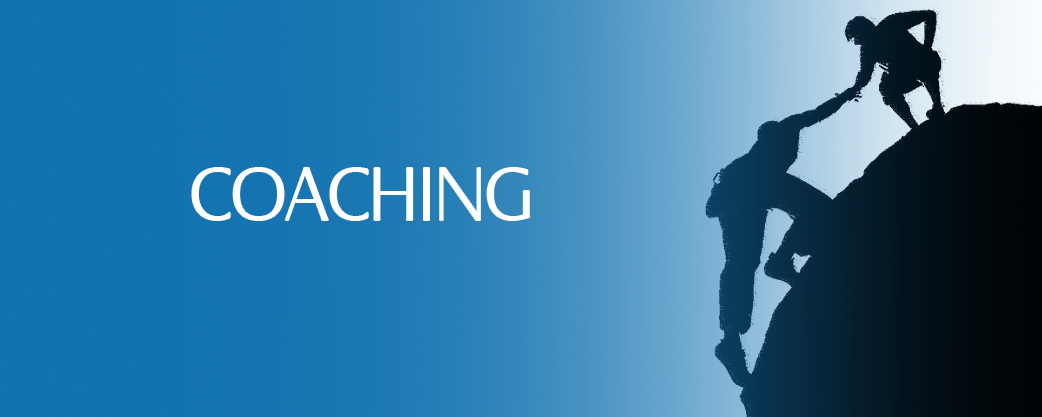 I was out having coffee with a group of project managers and business analysts; we were just chatting about careers and the various projects we’d worked on over the years.
I was out having coffee with a group of project managers and business analysts; we were just chatting about careers and the various projects we’d worked on over the years.
Then someone said, “Hey, what do you do to read people’s body language?” The statement made me recall a time when I taught Business Analysis Facilitation skills and the great dialogue that would erupt in the class, on the topic of body language. This group of professionals was no different than the people I have taught and coached as business leaders and professionals. We all laughed and started picking out obvious body language choices and commenting on each choice’s interpretation. It was funny watching people adjust their body to change what they were projecting as we discussed this topic. Here are seven common body language interpretations from a group of project managers and business analysts.
Crossed Arms
We all know crossed arms is interpreted as a physical barrier that says you are closed off and not interested in what someone is saying. It is also somewhat of a power move. In essence, you are shutting the other person out with crossed arms. I see this one all the time. I sometimes think that people just don’t know what to do with their arms, they could be cold, resting their arms in a stance or maybe they are showing off their biceps. Either way, if you are working with a group of people, you need to know what crossed arms means and how to deal with it.
Avoiding Eye Contact
Guilty as charged. We all do it, even when we know better. When you avoid eye contact is as if you are trying to hide something. That is the general interpretation. It is also possible that you lack confidence or lack interest in the topic you are hearing. I know some people whose culture interprets directly looking into someone’s eyes as inappropriate and disrespectful. Through understanding the situation and circumstance, you need to provide a safe space and permission for someone to look into your eyes. Part of this is to understand the workplace rules of when to look into someone’s eyes. The easy answer is for introductions and when addressing someone. Ensure you consider culture.
Looking Down When You Talk
The interpretation is you are self-conscious and lack confidence. Your words fade, are hard to hear and lose their impact. Focus on keeping your eyes level when making important points or when addressing someone. I am into fitness and workout intensely with various partners. Recently, one of my female peers joined me. She wanted to do more weights for her biceps, so I agreed to spot her. As she was lifting, she turned her head slightly and looked down. Two things were happening: First, she wasn’t confident in lifting the added weight, and second, she was uncomfortable looking towards me. So that she wouldn’t injure herself, I stopped her and told her to pretend that she was in front of an audience and look straight ahead. Interestingly, it looked like she was looking at me, but she was focusing on projecting, using a simple technique to keep her head up and in line.
Playing With Hands, Hair Or Whatever
For me, this one is not an issue since I left my hair in the 1990s somewhere. But maybe you play with your rings, or you are always fixing your shirt, pants or skirt. This interpretation varies depending on what you read. You could be nervous, or maybe you had too much coffee that day and the shakes kicked in, or you are anxious and distracted. The interpretation here is that you might be a little vain; concerned about appearance and not enough about your career or the stakeholder. I guess you just have to learn not to fidget.
Eye-Rolling When Someone Contributes
This one drives me nuts as the action states you do not respect the person around you. I have watched this in meetings. People disrespecting someone else, even making faces afterward. It is time for you to grow up and leave your teenage years behind you. A professional knows that eye-rolling is a choice you make, and it is an immature one at that. You can learn to control this action, and it would be worth your while. When you roll your eyes, your peers might smirk, but what they are thinking is “Get a life and grow up.” It is inappropriate behavior.
Providing The Right Handshake
The right handshake is for both men and women. You have to get it right. If your handshake is too weak, you lack confidence and authority, and if it is too strong you come across as aggressive and controlling, or you are over compensating for something. I learned as a child how to shake another person’s hand professionally and personally. Yes, these can be different things depending on the situation. The key word is situational. When you shake a person’s hand, it should be firm but not overpowering, and you should look them in the eyes when you greet them. As you repeat their name or say it’s a pleasure to meet you, acknowledge that person with a slight head nod. If you do it right, you will always make the best impression. If you have a weak or strong handshake, practice doing it right and don’t over-compensate no matter your gender.
The human body is the best picture of the human soul. Ludwig Wittgenstein Share on X
Physical Distance Between People
For most people in western society, we know that this is about one and a half to two feet. This rule goes out the door if you have a relationship, are siblings or are on a bus. But professionally, one and a half to two feet is about the right distance to stand away from someone. If you get too close, people get uncomfortable. You need to learn to respect that. Now there are times you need to step into a person’s space, and the rule is to ask permission for that short time. For example, showing someone how to do something may require you to get closer, or maybe you are working on something, and you both need to lean in a bit. Those are understandable situations. But what you don’t do is get into someone’s space and in their face for no particular reason. If you do, the interpretation is you are rude, annoying, aggressive and disrespectful to say the least.
Final Thoughts
These are just some of the body language items that came up during my discussion with my friends during the coffee meeting. Interestingly, each gender and culture have their own perspective on these body language items. Nevertheless, we all agreed that we lived in a western culture where we had to try to factor in a lot of different variables to make an appropriate response to someone’s body language. Now if that doesn’t sound like a bunch of project managers and business analysts talking, I don’t know what does.
We are talking profiling here. There is lots of research that suggests that people who are more balanced and have a stronger awareness of themselves tend to be better at reading and responding to people’s body language. They tend to make fewer people mistakes. For years, I have been a strong supporter of emotional intelligence: something I suggest all business leaders and professionals study and learn to use. It will help you to navigate relationships and read body language better. Good luck.
Remember, do you best, invest in the success of others and make your journey count. Richard.









